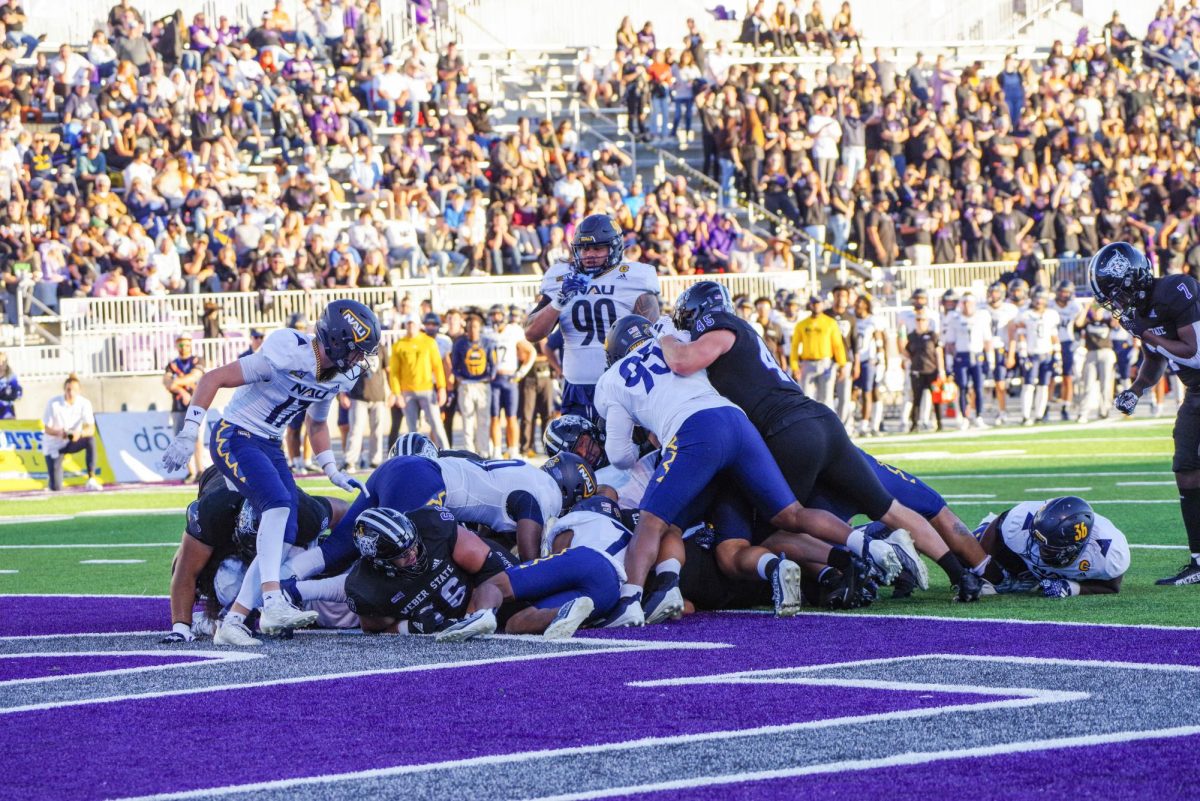There is a theory that autism is the consequence of abnormal cell communication, and new research is pursuing that theory in search of a treatment.
Researchers at the San Diego School of Medicine have discovered that a drug designed and approved for treating sleeping sickness also restores cellular signals in mice that have autistic symptoms.
On June 17, the findings were published in the online issue of “Translational Psychiatry.”
Only 20 percent of the known factors of autism are considered genetic, and researchers are finding more factors that are not.
Cells that are damaged by microbes, physical trauma or chemicals react in a defensive way. Their membranes stiffen and the inner metabolic responses are altered, mostly in the mitochondria. The communication between cells is drastically reduced. If any of this occurs during childhood, neurodevelopment is delayed.
Researchers say one way to look at it is, when cells stop talking to each other, children stop talking. They believe that the cellular defense mechanism may be behind autistic symptoms.
Cell regulate their functions through a process called purinergic signalling. The drug, first made in 1916 to treat a parasitic disease called African sleeping sickness, inhibits the purinergic signalling, which stops the cellular defense mechanism, allowing communication between cells to reopen.
All signs of autism in the mice diminished once given a single dose of the drug.
However, the dose was only effective up to five weeks in the mice. The drug also cannot be administered long-term because it can cause anemia and adrenal gland dysfunction.
Researchers hope to begin a small clinical trial on children with Austim Spectrum Disorder later this year.
Although this is a long way off curing autism in humans, researchers believe that this will help address the challenges of autism as well as give other research a new perspective.
Information compiled from ScienceDaily.com




